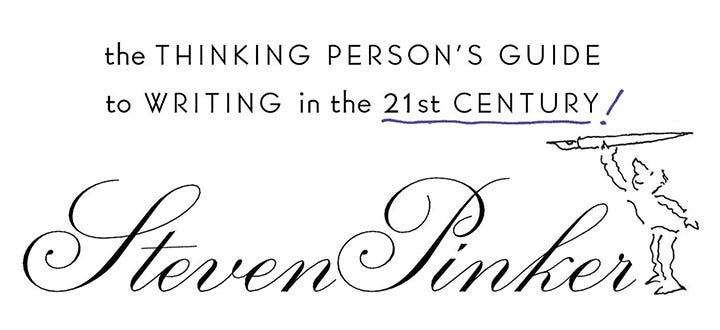The Sense of Style: The Thinking Person’s Guide to Writing in the 21st Century, by Steven Pinker
By Daniel Wahl
The Sense of Style: The Thinking Person’s Guide to Writing in the 21st Century, by Steven Pinker. New York: Penguin Books, 2015. 368 pp. $17.00 (paperback).
Steven Pinker begins a new book on writing by finding faults in old books on writing—chief among them, The Elements of Style, by William Strunk and E. B. White.
Strunk and White, for all their intuiti…
Keep reading with a 7-day free trial
Subscribe to The Objective Standard to keep reading this post and get 7 days of free access to the full post archives.




